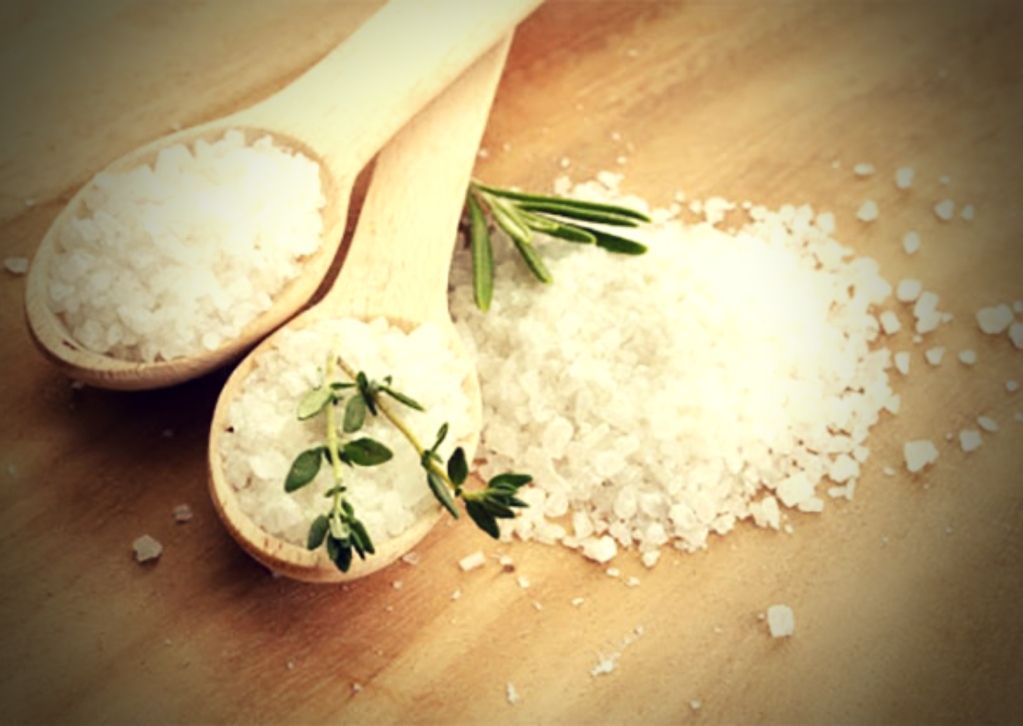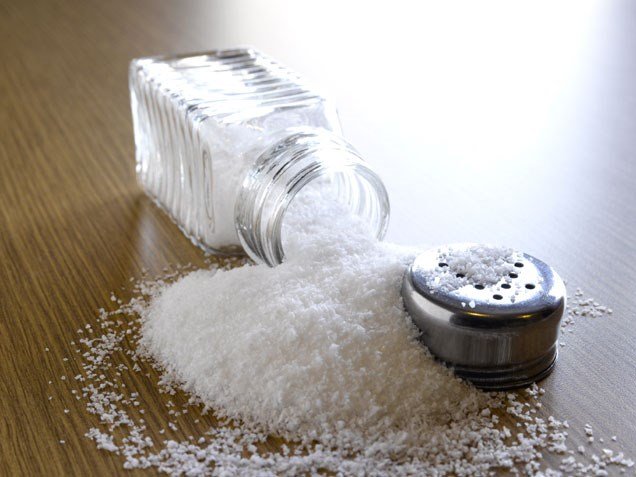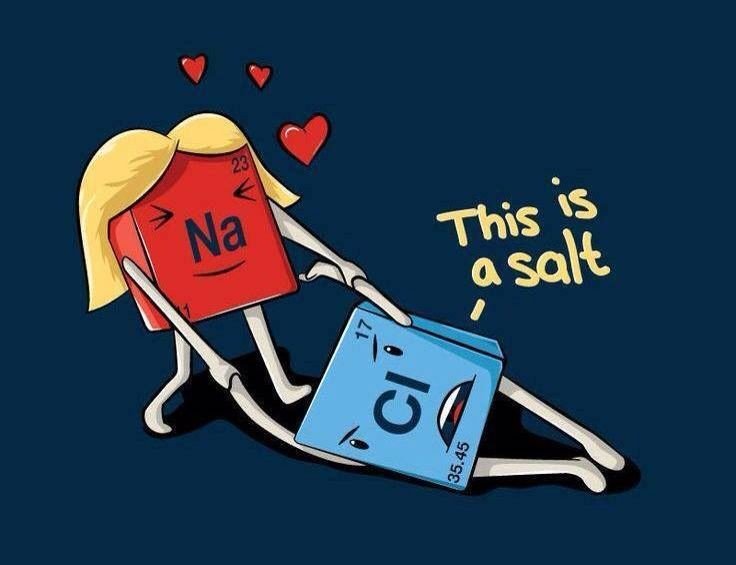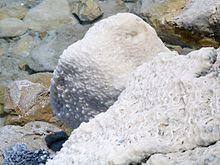Salt is a mineral composed mainly of sodium chloride (NaCl). It is present in vast quantities in seawater and according to Wikipedia, the open ocean has about 35 grams (1.2 oz) of solids per liter of sea water.
Salt is essential for us to season our food and saltiness is a fundamental and foremost part of human taste. Salt processing is as old as 6000B.C.! Whoa and I thought early humans knew nothing about seasoning!

Salt was used to seal deals in trade and was also part of burial ceremonies in Egypt. Wars have been fought over this commodity that harmonizes flavours in cooking. It is abundant, significant yet so common and nominal in price.
So why have I suddenly decided to write on salt of all things? For quite a few days I’ve been messing up the seasoning in most of my curries. My husband had to point it out cause I was missing it (the embarrassment!). Then he asked quite a pertinent question. Do you think your blood pressure is fine? Which led me on a salty chase! Sometimes the level of saltiness we taste in our food may indicate a fluctuation in blood pressure. Read up more on Salt and its effects on the body.
When my mom showed signs of high blood pressure, the doctor advised her to get rid of the salt shaker and cut back on the salt intake gradually, which would, in turn, allow the taste buds to naturally adjust. But too little sodium can also lead to hyponatremia and dizziness, muscle twitches and/or seizures. Doctors suggest the maximum intake of sodium should not exceed a teaspoon a day (around 5gms of salt)! The Mayo clinic considers that even a slight reduction of sodium in our diet may improve heart health and reduce blood pressure.
Processed foods are so stealthy in incorporating a high level of salt that you have to watch that oh-so-tempting but sneaky-package. A whooping 75% of the salt we consume is found in the food we buy. The additives alone are enough to give you a coronary. If a food label says sodium instead of salt, it can actually mislead you. Read the facts Sodium and salt.

But even with these seemingly horrible effects, salt remains indispensable. It is a powerful antibacterial agent. It kills (without remorse) certain types of bacteria, through the process of osmosis; that is – molecules of a solvent usually pass through a semipermeable membrane from a less concentrated solution into a more concentrated one, thereby enzymes cannot function and the cell collapses in on itself. (I had to read that thrice and even then the definition keeps me going in circles). Yeah, so to make a long story short, salt is ninja to most bacteria. But underline most.
But on towards salt’s usefulness:
- Gargling with salt water can ease swelling and help a sore throat feel better.
- A balance of fluid and sodium(found in salt) is necessary for the health of the heart, liver, and kidneys.
- It regulates blood fluids and prevents low blood pressure.
- Throwing some rock salt on African snails= instant kill.
- Salt is the raw material for the production of chlorine and caustic soda.
- De-icing
- In pharmaceuticals
- Water treatment
- Food preservation
Salt even has biblical connotations – the ancient Hebrews used salt to make a covenant with God. Huh!
“every offering of your grain offering you shall season with salt; you shall not allow the salt of the covenant of your God to be lacking from your grain offering. With all your offerings you shall offer salt.”
Leviticus 2:12-13
Even the Winchester brothers from Supernatural used salt as a shield/ barrier between them and evil spirits.
There’s still a lot more facts (and fiction) about salt, but this right here is what I found interesting. So the next time someone implies you are the salt of the earth, take it with a grain of salt!!(I just had to say that😁)
Oh and guess who has a slightly peaked blood pressure reading (the husband)!


Interesting read! A cousin of mine used to joke that after marriage all men have high BP..bharye pedi. Is that what yours suffers from too? 😀
LikeLiked by 1 person
Oh…hope not😂
LikeLiked by 1 person
Better than real BP no? 😝
LikeLike
😂😂
LikeLiked by 1 person